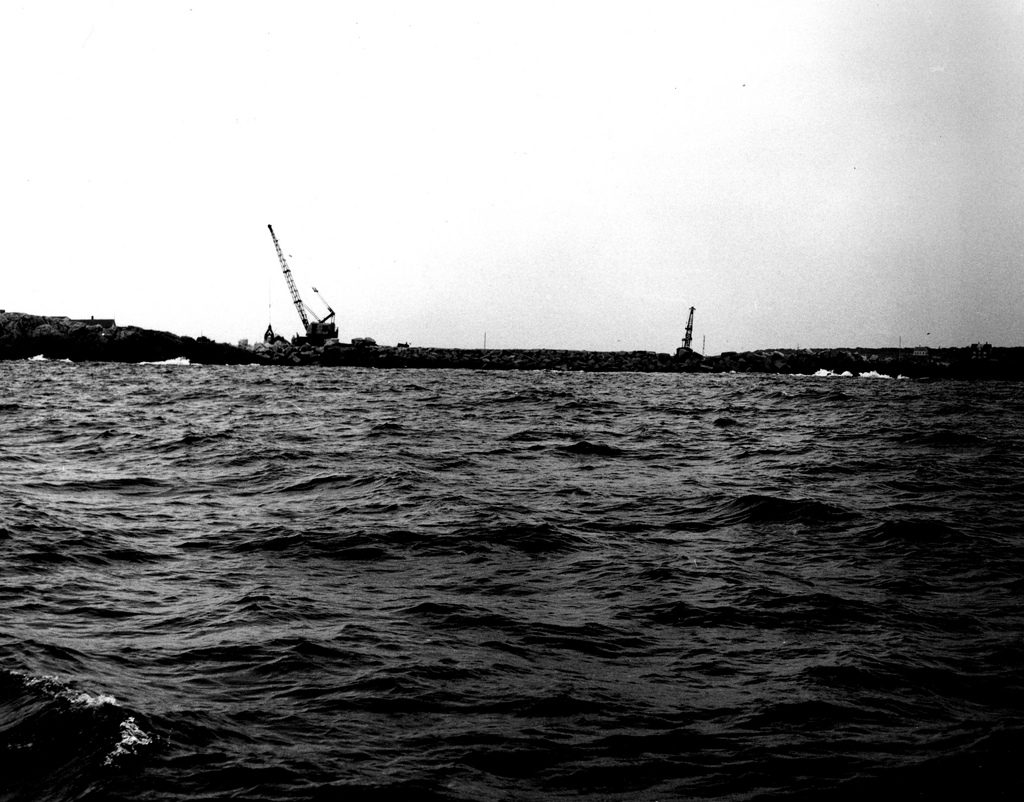Malaga Island, off the coast of Maine, was once the home of a mixed-race community of roughly 40 residents (black, white, and biracial) who led an independent way of life through subsistence farming, fishing, lobstering, and laboring on the mainland. Their families had lived and intermarried there since the 1840's.
But in 1912 the members of this small community were forcibly evicted from their homes by the state of Maine, several were declared unfit for society and sent to the newly opened Maine School for the Feeble-Minded in West Pownal, where they lived out the rest of their lives as involuntary residents.
In little time, nothing of the Malaga Islanders' community remained. No buildings were left standing and even the graves were unearthed and transported unceremoniously to be reburied on the grounds of the school for the "feeble-minded."
This shameful moment in Maine's history has rightfully drawn apologies from two governors, and a memorial to the Malaga Island community was dedicated last Friday in remembrance of the victims. State officials and descendants of the Malaga Island families gathered at the site of the former institution.
"This monument will provide healing and closure," said Charmagne Tripp, a descendant of Malaga Islanders, "Acknowledging our family members and providing dignity at their burial site are meaningful and empowering in the way we will tell our story to future generations."
Unfortunately, this shameful event in Maine's past is but one of many tragic episodes in the history of philanthropically-funded eugenics projects in America. The decision to evict the Malaga Islanders was justified by the work of the prominent eugenicist and Harvard biologist Charles B. Davenport, who, with funding from America's major early philanthropists, produced the "scientific" research and popular literature to inspire such projects.
In a booklet published in 1910, Davenport lamented that "tens of millions have been given to bolster up the weak and alleviate the suffering of the sick." It would be vastly "more effective," he said, "that ten million dollars to 'charity' would be ten million to Eugenics. He who, by such a gift, should redeem mankind from vice, imbecility and suffering would be the world's wisest philanthropist."
Several such wise philanthropists eagerly followed suit, and with bounteous funding from Carnegie, Rockefeller, and Mary Harriman (widow of the railroad magnate), Davenport established the Eugenics Record Office in 1911, which would produce the propaganda that fueled the eugenics movement and promoted the idea of race-betterment.
The history of American philanthropy's leadership in the eugenics movement often goes untold. But for those who seek to understand the ways in which philanthropy can be used or misused, it is imperative to unearth these stories. William Schambra has aptly done so on many occasions, including in this 2012 Nonprofit Quarterly article that provides further details about the Malaga Island tragedy. For a more exhaustive essay on the topic, I'd recommend Schambra's 2013 piece at The New Atlantis, "Philanthropy's Original Sin."
Photo credit: CorpsNewEngland via Visualhunt.com / CC BY-ND





